Leopard

(Panthera pardus)
Total length 1.5m – 2.1m / shoulder height 65 – 80cm / tail 65 – 110cm / mass 70 – 90kg male, 40 – 60kg female.
The body color varies from almost white to yellow – brown with black spots on the legs, flanks, hindquarters and the head. The rest of the body is covered with black spots consisting of rosettes or broken circles of irregular black spots. Ears are rounded and white-tipped.
Solitary except when pair comes together to mate or when females are supporting the dependent youngsters. They stalk and pounce on their prey. Leopards are good climbers and swimmers and are often during the day found resting high up in a tree. Normally active during the night but occasionally seen at low light or early in the morning. Males marked their territories by means of urine, droppings and tree scratching; territories of one male may overlap that of several females. Size of territories may differ depending on the availability of food. (20km² – 200km²)
Prefer areas with medium to high cover of vegetation and trees. Being found in all habitats from semi-desert to forests. Widely distributed preferring high mountains and also found on coastlines.
Can kill sheep, goats and even young calves when entering a farming community.
The Cape Leopard Trust is a non-pro
DAMAGE CAUSING ANIMAL: LEOPARD
| Conservationist |
Species |
Control method -no permits required |
Control method – permits required |
Contact person |
|
|
Cape Nature |
Leopard |
All non-lethal methods. |
Only for officials in terms of TOPS Ordinary Permit. (CapeNature manages DCA leopards in terms of TOPS and no permits are issued to landowners or professional hunters) |
Contact nearest CapeNature office for assistance. |
|
|
Cape Nature does not implement TOPS in the Western Cape, but they do have an Ordinary TOPS Permit for the management of DCA leopards. Only officials listed on the Ordinary Permit are allowed the manage leopards. No permits are issued to landowners or professional hunters, but the officials will assist the landowner should a leopard becomes a problem. |
|||||
|
KZN Wildlife |
Leopard |
Are categorised “Vulnerable” in TOPS |
Contact your District Conservation Officer (DCO) who will advise and assist. Only managed by officials or service provider appointed by Ezemvelo. Ezemvelo has a Damage Causing Animal Standard Operating Procedure (SOP). DCA are managed in terms of this SOP. Your first port of call is your District Conservation Officer who will respond accordingly and provide advice. Management of DCA does not fall within the definition of hunting and are managed on a case-by-case basis in association with your DCO. |
KZN Centralised permit application In the case of DCA, it is better to contact the DCO directly as generally permits are not required – and prompt action is. If this DCA is an emergency, the land owner can act immediately and contact his/her DCO thereafter (within 24hrs). The DCO will undertake the necessary field inspection and approve the permit post facto. |
|
|
DETEA – Free State Province |
Leopard |
None. Killing without permits only in case of self defence/ emergency, report to authorities within 48 hours followed by an investigation |
TOPS permit to landowner, only after investigation and identification by Dept. officials and for capturing by approved cage trap before lethal control will be considered. |
||
The Cape Leopard Trust is a non-governmental organization that specifically looks after leopard conservation in the Western Cape. They talk to Landbou Radio about their cooperation with farmers, should they experience livestock losses as a result of a leopard. Listen from 01:22 – 10:38
